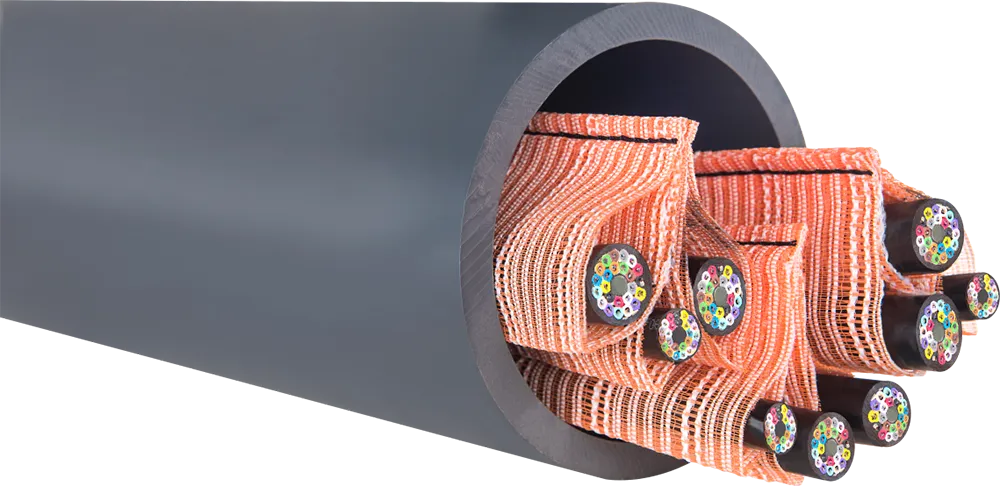Authorities planning to upgrade from analogue to digital cameras should also consider the cameras’ mountings, says MG Squared. “It is an ideal time to consider the whole life costs of the camera system, including maintenance,” says Shepherd Maners, the company’s vice president and director of marketing.
FL DOT found the company’s lowering system reduced camera maintenance costs by 80% and the ITS department at Ada County, Idaho put the savings at up to 90%. “With our lowering system there’s no need for an
June 1, 2015
Read time: 2 mins

Authorities planning to upgrade from analogue to digital cameras should also consider the cameras’ mountings, says 93 MG Squared. “It is an ideal time to consider the whole life costs of the camera system, including maintenance,” says Shepherd Maners, the company’s vice president and director of marketing.
FL DOT found the company’s lowering system reduced camera maintenance costs by 80% and the ITS department at Ada County, Idaho put the savings at up to 90%. “With our lowering system there’s no need for an access truck or to cone off lanes. You simply work at ground level and lower the camera,” he said.
While the system is available incorporated in a prefabricated post (steel or concrete), a retrofit version can be used on existing infrastructure, including posts, to minimise the cost of conversion. Furthermore, dual analogue/digital connections are available on a single mounting, allowing for existing analogue cameras to be utilised while also preparing for a digital upgrade in the future.
FL DOT found the company’s lowering system reduced camera maintenance costs by 80% and the ITS department at Ada County, Idaho put the savings at up to 90%. “With our lowering system there’s no need for an access truck or to cone off lanes. You simply work at ground level and lower the camera,” he said.
While the system is available incorporated in a prefabricated post (steel or concrete), a retrofit version can be used on existing infrastructure, including posts, to minimise the cost of conversion. Furthermore, dual analogue/digital connections are available on a single mounting, allowing for existing analogue cameras to be utilised while also preparing for a digital upgrade in the future.










